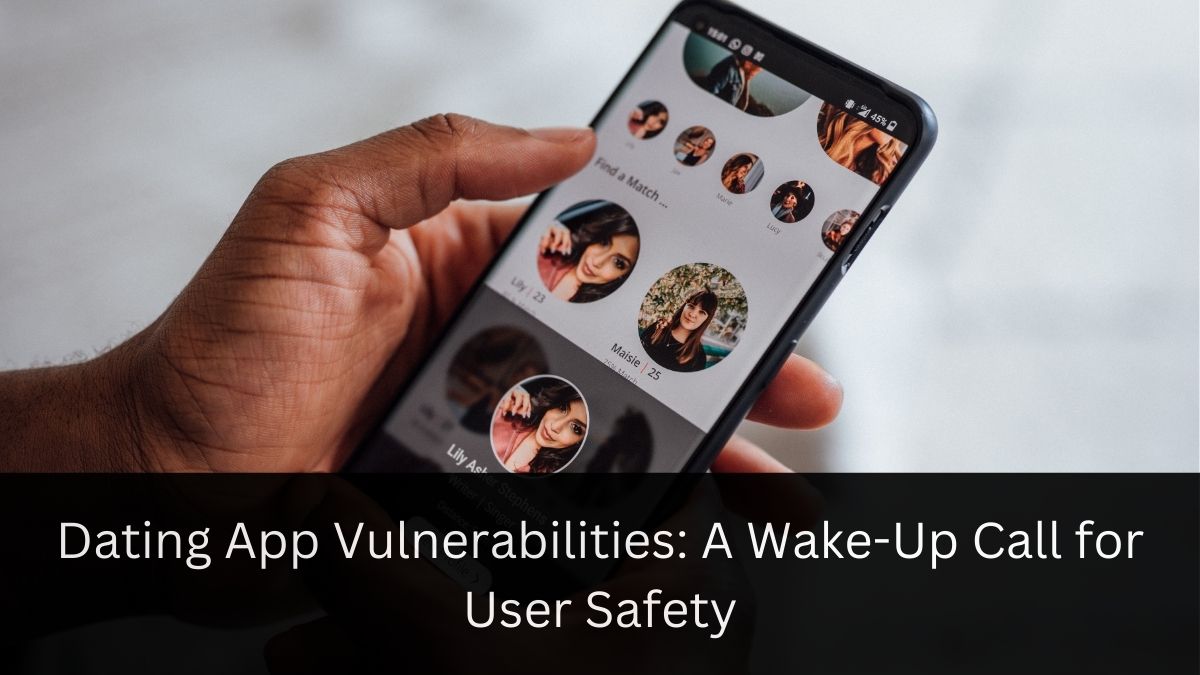Press Release
Dating App Vulnerabilities: A Wake-Up Call for User Safety

In our increasingly connected world, dating apps have become a popular way for people to meet potential partners. However, a recent study has uncovered alarming security flaws in several widely-used dating applications, raising serious concerns about user privacy and safety.
The Shocking Discovery
A team of researchers from KU Leuven, a prestigious Belgian university, recently published a paper detailing their analysis of 15 popular dating apps. Their findings were nothing short of alarming: six of these apps, including household names like Bumble and Hinge, contained vulnerabilities that could allow malicious users to pinpoint the location of other users with startling accuracy – down to just 2 meters.
The Affected Apps
The study identified security issues in the following dating apps:
- Badoo
- Bumble
- Grindr
- happn
- Hinge
- Hily
While these apps don’t explicitly share exact locations when displaying the distance between users, they inadvertently revealed this information through their “filters” feature.
Understanding the Vulnerability
The Role of Filters
Most dating apps allow users to filter potential matches based on various criteria, including distance. This seemingly innocuous feature became the Achilles’ heel in the apps’ security architecture.
Oracle Trilateration: A Novel Approach
The researchers employed a technique they dubbed “oracle trilateration” to exploit this vulnerability. This method is a variation of the traditional trilateration used in GPS systems.
Here’s how it works:
- The attacker estimates the victim’s general location, often based on profile information.
- They then move in increments until the app indicates the victim is no longer within proximity.
- This process is repeated in three different directions.
- With these three points of reference, the attacker can triangulate the victim’s position with remarkable accuracy.
Karel Dhondt, one of the researchers, expressed surprise that such well-known issues persisted in popular apps. He emphasized the gravity of the situation, stating, “I’d say 2 meters is close enough to pinpoint the user.”
The Industry Response
Swift Action
To their credit, the companies behind these apps responded quickly when alerted to the vulnerabilities. All the affected apps have since updated their distance filter functionality to prevent exploitation through oracle trilateration.
The Fix
The solution implemented by these companies was surprisingly simple yet effective. By rounding up the exact coordinates to three decimal places, they introduced an uncertainty of approximately one kilometer. This small change significantly reduces the precision of location data without compromising the app’s core functionality.
Company Statements
Several companies provided statements in response to the research:
- Bumble acknowledged the findings and confirmed that they had “swiftly resolved the issues outlined” in early 2023.
- Hily’s CTO, Dmytro Kononov, stated that while their internal mechanisms made practical exploitation challenging, they collaborated with the researchers to develop new geocoding algorithms.
- happn’s CEO, Karima Ben Abdelmalek, highlighted that their app had additional protective measures not considered in the initial analysis.
The Grindr Conundrum
A Different Approach
Interestingly, Grindr took a different stance. The app’s location precision is limited to about 111 meters – better than 2 meters, but still potentially problematic in less populated areas.
When contacted, Grindr maintained that this was an intentional feature, not a bug. Kelly Peterson Miranda, Grindr’s chief privacy officer, emphasized the importance of proximity for their users, particularly in connecting LGBTQ+ individuals to their community.
Lessons and Implications
The Balance Between Functionality and Privacy
This incident highlights the delicate balance dating apps must strike between providing useful features and protecting user privacy. While location-based matching is a core functionality of many dating apps, it also presents significant risks if not implemented securely.
User Awareness and Control
It’s crucial for users to be aware of the potential risks associated with sharing their location data. Many apps, including Grindr, offer options to disable distance display. Users should familiarize themselves with these privacy settings and use them judiciously.
The Need for Ongoing Vigilance
The discovery of these vulnerabilities serves as a reminder that digital security is an ongoing process. As technology evolves, so too must our approach to protecting user data.
As we continue to navigate the intersection of technology and personal relationships, it’s clear that both users and developers have important roles to play in ensuring safety and privacy.
For users, staying informed about app settings and being cautious about sharing personal information is crucial. For developers, this incident underscores the importance of regular security audits and a proactive approach to addressing potential vulnerabilities.
Ultimately, the goal is to create a digital dating landscape where users can connect with confidence, knowing their personal information is secure. While challenges remain, the swift response to these findings offers hope that the industry is moving in the right direction.
As we embrace the convenience and opportunities offered by dating apps, let’s also remember to prioritize our privacy and safety in the digital world. After all, true connection should never come at the cost of personal security.
